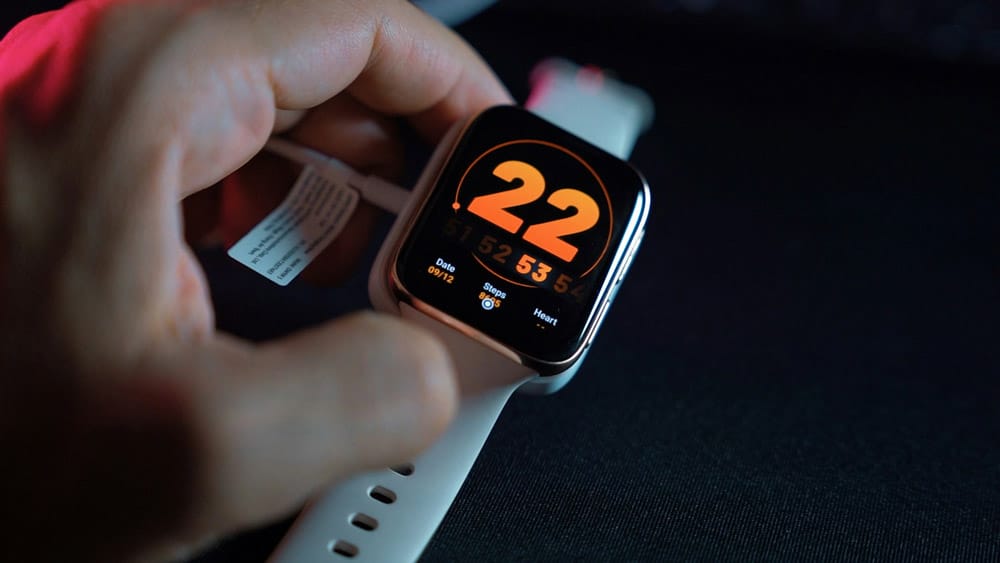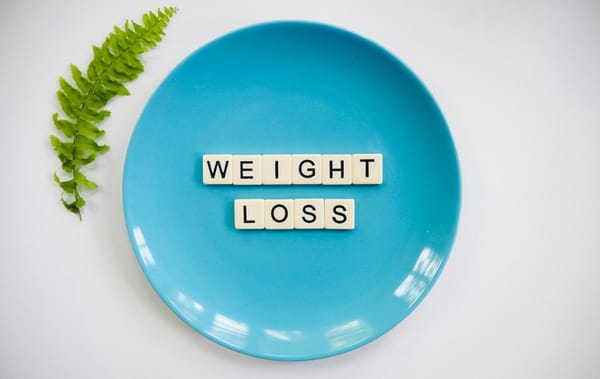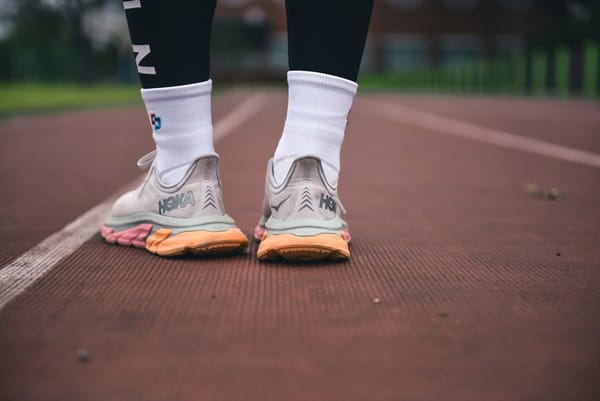How Wearable Fitness Trackers Compute Caloric Burn And Just How Accurate Are They?

This page may contain affiliate links, we may earn a small commission if you make a purchase, at no extra cost to you.
Wearable fitness trackers are among the gadgets that have become standard for anyone trying to get fit, move more often, or simply take better care of their bodies. Casual users to serious athletes are running to put on smartwatches, bands, and rings every day; all of them trust in those figures that are reflected by devices such as those fitness trackers: steps, heart rate, calories burned.
But just why should these small accessories be able to provide such estimations about caloric burn: how much faith can you place in those numbers?
Get into the details of the science, the technology, and real-world performance behind the most popular fitness trackers of today.
How Fitness Trackers Calculate Caloric Burn
A fitness tracker uses a carefully orchestrated combination of sensors and algorithms to calculate the number of calories you burn in a day. Here is the back-end process of these devices:
- Heart Rate Monitoring: The majority of modern fitness trackers use optical heart rate sensors. This works by having LED lights shine on your skin to monitor and detect changes in blood volume. These volume shifts allow for a real-time heart rate measurement. Because heart rate, to a large extent, depicts how hard you're working during exercise, overall exertion, this is the gold standard for estimating calories burned.
- Motion Sensors (Accelerometers & Gyroscopes): Trackers are fitted with accelerometers that take into account your body's movements while gyroscopes sense orientation. Therefore, from steps to posture change, running cadence even in swimming strokes, they are able to accurately depict one's activity level.
- Personal Data: Devices will usually ask for personal data such as age, gender, height, weight, and at times fitness level before giving any output ready for meaningful feedback. These are very important as they affect one's basal metabolic rate (BMR), the number of calories one's body burns at rest.
- Algorithms and Machine Learning: Once the movement patterns, heart rates, and personal data are recorded, the algorithms process all that information found in the device. Some brands use machine learning models within proprietary algorithms to improve their calculus based on the historical data of users and achieve a better precision upon further use.
Note: Despite the sophisticated way in which this process has been properly handled, figures on calorie burn are but estimates and to some extent; they vary widely from activity type to activity type, much based on sensor quality.
How Accurate Are They Really?
The margin of error for fitness trackers in determining steps is as low as 5% and therefore, very accurate, unlike that of calories burned. Research has indicated that trackers can misestimate caloric burn by as much as 20 to 30 percent, depending on the type of activity, the intensity, and the wearer's unique physiology.
A study that was done at Stanford University showed that there was no commercial-grade tracker that could be tested with an error rate lower than 20 percent. This underscores a fundamental challenge: human metabolism is extraordinarily complex and is thus influenced by a web of factors that cannot be captured by any wrist-worn device, including muscle mass, body composition, hydration levels, hormonal changes, sleep quality, and emotional stress.
For instance, two people may complete the same workout, yet one person may combust more calories than the other due to variations in metabolism, muscle-to-fat ratio, or even the food intake from that day. Simplistically predicting average values, fitness trackers can at least attempt to quantify complexities. This is not a perfect instrument but useful for spotting trends.
Generally speaking:
- Walking and running: Estimates of calorie expenditure are okay, especially in the case of steady activity like walking or running, where heart rate patterns are not very difficult to decipher.
- Strength training, cycling, or HIIT workouts: Generally, these will be less reliable. Any activity with bursts of intensity, static holds, or limited wrist movements like lifting weights can confuse a tracker, leading it either to make underestimations or, sometimes, wild inaccuracies.
Additionally, environmental factors can also influence accuracy. For example, outdoor exercise in extreme heat or very cold will affect heart sensor readings. There are many ways to confound data by just changing how the device is worn, looser, tighter than necessary, or farther away from the wrist bone.
Some of the newer models, like the Apple Watch Series 10 or Garmin Forerunner, are trying to do just that. They induce a more accurate calculation from multiple data points, like skin temperature and oxygen saturation. Even so, the best from those on the market today at most are just phenomenally functioning guides. They shouldn't be used as some sort of hallowed measuring instruments.
Take-away: Fitness trackers are indeed insightful, motivational tools toward a healthier lifestyle. However, when it comes to counting burned calories, one should always bear in mind that the devices do err and should take the other dimensions of health into account rather than just focus on a sole number on the wrist.
Leading Fitness Trackers: Comprehensive Analysis
Apple Watch Series 10
The tenth iteration of the Apple Watch is their most advanced yet, containing all of the latest health tech and performance enhancements. It is a very solid foundation and has further refined ways on some of the sensors and new features.
Advantages:- It has ultra-accurate heart rate monitoring with updated optical and electrical sensors.
- There is temperature sensing for cycle tracking and better insights into sleep.
- The activity tracking modes have changed. Added new ones for martial arts and hiking.
- It has a beautiful Always-On Retina display and thinner bezels.
- Seamless integration with the iPhone ecosystem, which includes crash detection and improved emergency features.
- Very powerful new S10 chip, which ensures faster performance and more efficiency.
- Battery life is about 18 to 36 hours still, depending on usage, hence the little improvement.
- The price is quite premium, especially for the cellular versions.
- The estimates for calorie burns are great but can still be a bit off during strength training or even unrated activities.
What Has Changed for Previous Models: Compared to Series 8/9, its new health sensors, strong algorithms, and low-level improvements make it a more accurate health-monitoring device. With improved durability, a brighter display, and a faster processor, the Series 10 is a clear jump for fitness lovers and health users.
Fitbit Charge 6
The Charge 6 is a very nice light fitness band that feels very comfortable to wear. The key health metrics that focus on heart rate, oxygen saturation, skin temperature, and stress management tool tops the list.
Advantages:- Great 7-day battery functionality.
- It tracks over 40 different modes of exercises.
- Built-in GPS saves you from carrying your phone for outdoor runs.
- Cost-wise it is very cheap when compared with other smartwatches.
- The caloric burn estimates are quite accurate yet only for step-based activities.
- Some advanced features, like detailed health reports, require a Fitbit Premium subscription.
Garmin Forerunner Series: 255/965
These Garmin watches are focused on the needs of athletes who need performance data. They allow in-depth tracking of running, cycling, swimming, or even a triathlon with special metrics like lactate threshold, VO2 max, aerobic and anaerobic training effects.
Advantages:- It is highly accurate in tracking GPS as well as heart activities.
- It has a battery life that extends up to 14 days, varying with the model.
- It has extensive insights into fitness and recovery.
- Its design is rugged enough to withstand demanding training environments.
- The interface and amount of data can be overwhelming to the casual fitness enthusiast.
- It can be pricey, especially for the high-end models.
WHOOP Strap 4.0
The WHOOP brand is based more on recovery and strain rather than actually tracking various metrics such as steps and calories. It is quite prevalent among athletes and professional sports teams.
Advantages:- Constant heart rate and sleep monitoring.
- More focus on optimizing recovery through HRV and sleep performance scores.
- Light, without a screen, which makes it easy to wear without feeling distracted.
- The monthly subscription cost still applies here despite the purchase of the unit.
- No screen means that there will be no real-time feedback unless checking the app.
- Just too much data for casual users, who may not even know what to do with it.
Oura Ring (Gen 3)
It completely revolutionizes the wearable technology by giving comprehensive health insights in a minimalistic and stylish form factor. With such a focus on sleep, readiness, and recovery scores, it is worn on the finger.
Advantages:- Very discreet that makes it really comfortable to wear; practically unnoticeable.
- Incredible technology for sleep-tracking, including reports on REM and deep sleep stages.
- Strong battery capable of lasting up to 7 days.
- During active workouts, it does not work effectively (best suited to monitor the rest and recovery).
- It is expensive and has an extra cost for the monthly subscription.
- Sizing of the ring, a specific size may be necessary for better readings.
Do You Really Trust Your Tracker's Calorie Count?
In other words, it should be treated as a guiding principle but not an ultimate truth.
While tracking devices for fitness use can help identify if there is an increase or decrease in calorie burning, they are only helpful to a limited extent in picking trends to usher in a change in lifestyle. This is because they are not accurate enough to stand alone as the definite source of truth on matters regarding weight loss, dietary plans, or athletic training.
Calorie intake or burn should be closely monitored by:
- Use multiple data points (such as weight changes, energy levels, performance improvements).
- Focus on the consistency and not necessarily the perfection.
Your fitness tracker is like a friendly coach cheering you on, it's a helpful guide and not a scientist in a lab coat. It should motivate you while always reminding you that the most important feedback comes from your body.



